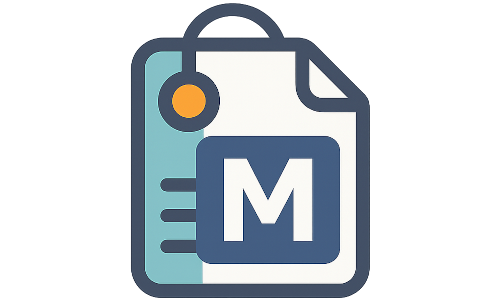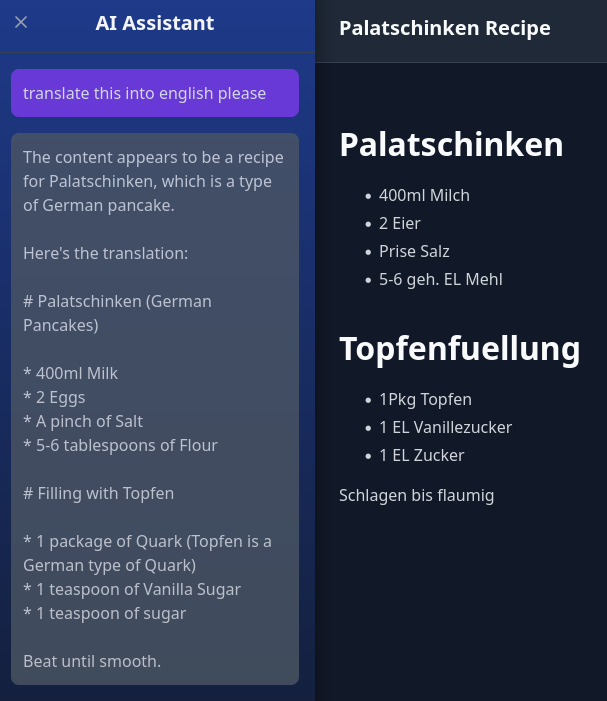New Project: Dr. Markdown

What is Dr. Markdown
In simple terms, it's an online editor and storage for markdown documents. Think of it as something like Obsidian, or an online version of OneNote, but way more lightweight and written in Rust. Of course it can't hope to compete with the features of Obsidian, but that wasn't the point. The goal here was to make something that's easy to set up and run, and that covers the basics for keeping my own meeting notes, todo lists, architecture drawings, etc.
Documents are stored locally in a SQLite database. Nothing fancy, really.
What can it do
First and foremost, Dr. Markdown lets users register their own accounts in a very basic manner. Since this is meant to be self-hosted and not to be offered as a service to a lot of people, the expectation is that account registration will be disabled once the required accounts have been created. Registered users can then create and edit as many documents as they like. The format is Markdown, there are no fancy formatting controls since the format is pretty self-explanatory and easy to use.
There's a live preview button that lets users see what the final result will look like as they type. Perfect for new users who might be unsure whether they did that bullet point list correctly.
There's a button for toggling between bright and dark mode, and a button for activating an optional LLM chat window which connects to Ollama and sends the document contents as context, so you can ask questions about the document you're editing. Last but not least there's integration with Kroki, so you can use a number of textual formats to describe diagrams, which will be rendered in the document. Of course, Ollama integration requires a running Ollama server, and Kroki integration requires a running instance of Kroki, but both are easily hosted locally in a docker container for example.

Why not just use Obsidian or something similar
For most people, Obsidian is probably a better fit. I just wanted something self-hosted that's small, fast, and I wanted an excuse to work with the latest version of Leptos to build a highly interactive web application. And of course making the whole thing open source in the process.
Sourcecode
You can get the code on Github.
Some thoughts on the use of Leptos
I love the concept of Leptos and WASM. Unfortunately it can also be quite daunting, especially when using Leptos for the frontend and the backend. When I started this I considered doing both frontend and backend in one codebase, but thought that maybe I'd also want another kind of of frontend later, so I ended up splitting things up into separate applications. This is of course not really how a Leptos application should be designed, and I'm sure there's better ways to build an external API and using server side functions instead of a separate backend.
Think of Dr. Markdown as a small spare-time project made for personal use. Nothing more, nothing less.